Helge Spieker
Explainable Scene Understanding with Qualitative Representations and Graph Neural Networks
Apr 17, 2025Abstract:This paper investigates the integration of graph neural networks (GNNs) with Qualitative Explainable Graphs (QXGs) for scene understanding in automated driving. Scene understanding is the basis for any further reactive or proactive decision-making. Scene understanding and related reasoning is inherently an explanation task: why is another traffic participant doing something, what or who caused their actions? While previous work demonstrated QXGs' effectiveness using shallow machine learning models, these approaches were limited to analysing single relation chains between object pairs, disregarding the broader scene context. We propose a novel GNN architecture that processes entire graph structures to identify relevant objects in traffic scenes. We evaluate our method on the nuScenes dataset enriched with DriveLM's human-annotated relevance labels. Experimental results show that our GNN-based approach achieves superior performance compared to baseline methods. The model effectively handles the inherent class imbalance in relevant object identification tasks while considering the complete spatial-temporal relationships between all objects in the scene. Our work demonstrates the potential of combining qualitative representations with deep learning approaches for explainable scene understanding in autonomous driving systems.
Co-Activation Graph Analysis of Safety-Verified and Explainable Deep Reinforcement Learning Policies
Jan 06, 2025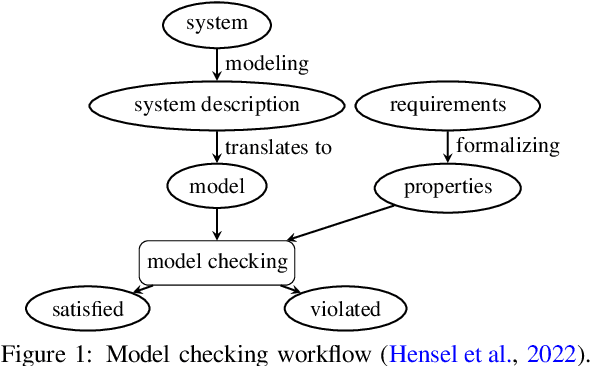

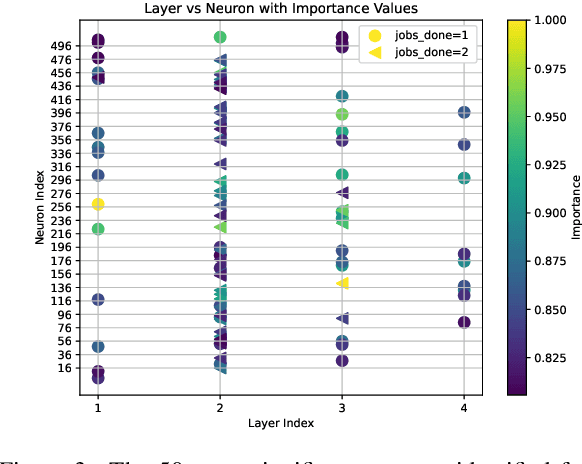
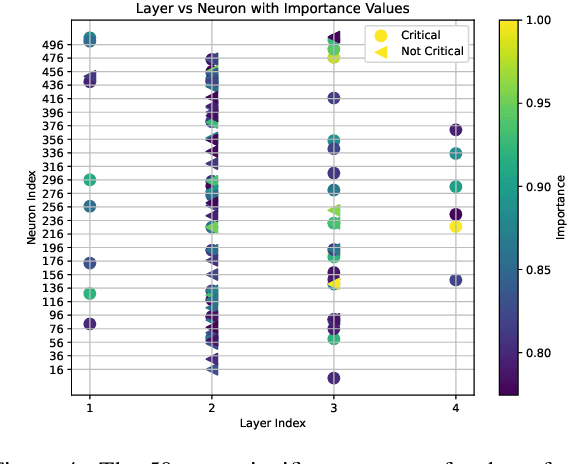
Abstract:Deep reinforcement learning (RL) policies can demonstrate unsafe behaviors and are challenging to interpret. To address these challenges, we combine RL policy model checking--a technique for determining whether RL policies exhibit unsafe behaviors--with co-activation graph analysis--a method that maps neural network inner workings by analyzing neuron activation patterns--to gain insight into the safe RL policy's sequential decision-making. This combination lets us interpret the RL policy's inner workings for safe decision-making. We demonstrate its applicability in various experiments.
Enhancing RL Safety with Counterfactual LLM Reasoning
Sep 16, 2024
Abstract:Reinforcement learning (RL) policies may exhibit unsafe behavior and are hard to explain. We use counterfactual large language model reasoning to enhance RL policy safety post-training. We show that our approach improves and helps to explain the RL policy safety.
Efficient Milling Quality Prediction with Explainable Machine Learning
Sep 16, 2024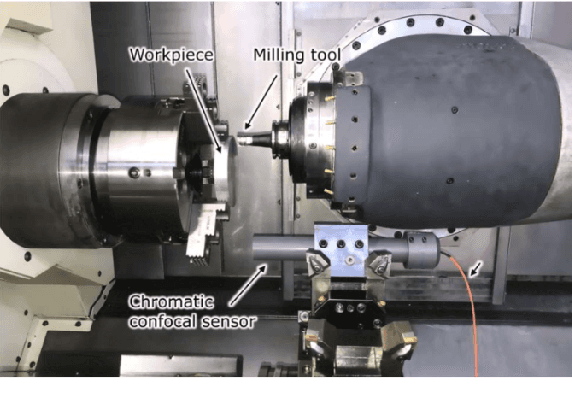
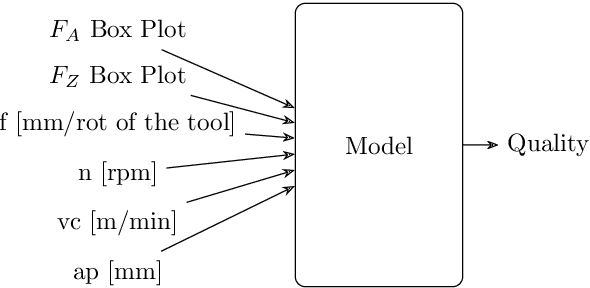
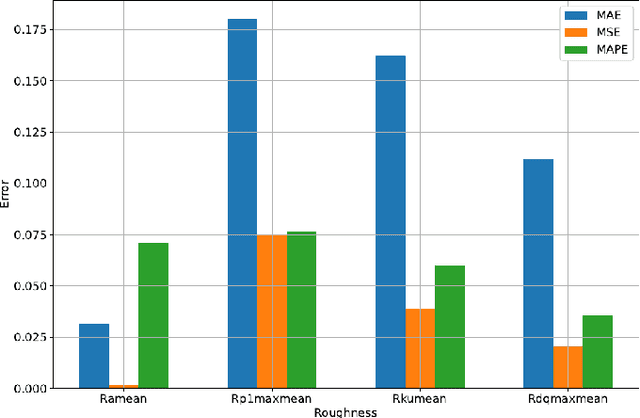
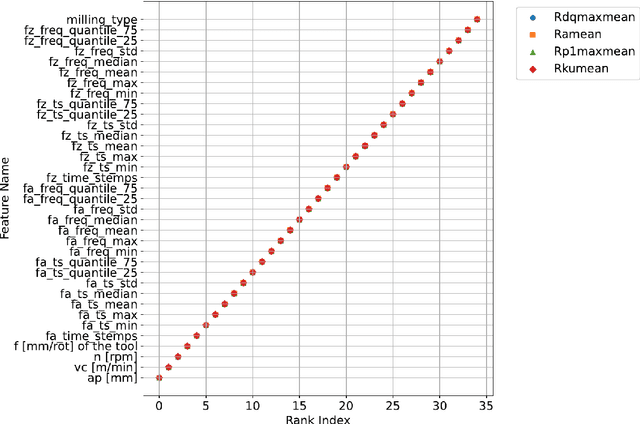
Abstract:This paper presents an explainable machine learning (ML) approach for predicting surface roughness in milling. Utilizing a dataset from milling aluminum alloy 2017A, the study employs random forest regression models and feature importance techniques. The key contributions include developing ML models that accurately predict various roughness values and identifying redundant sensors, particularly those for measuring normal cutting force. Our experiments show that removing certain sensors can reduce costs without sacrificing predictive accuracy, highlighting the potential of explainable machine learning to improve cost-effectiveness in machining.
Safety-Oriented Pruning and Interpretation of Reinforcement Learning Policies
Sep 16, 2024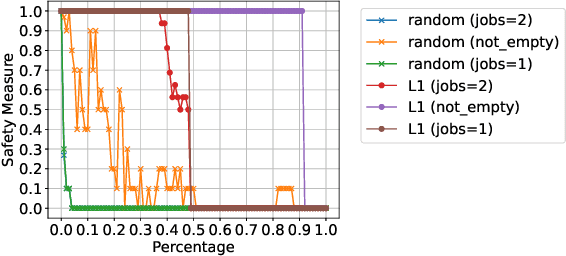


Abstract:Pruning neural networks (NNs) can streamline them but risks removing vital parameters from safe reinforcement learning (RL) policies. We introduce an interpretable RL method called VERINTER, which combines NN pruning with model checking to ensure interpretable RL safety. VERINTER exactly quantifies the effects of pruning and the impact of neural connections on complex safety properties by analyzing changes in safety measurements. This method maintains safety in pruned RL policies and enhances understanding of their safety dynamics, which has proven effective in multiple RL settings.
Evaluating Human Trajectory Prediction with Metamorphic Testing
Jul 26, 2024



Abstract:The prediction of human trajectories is important for planning in autonomous systems that act in the real world, e.g. automated driving or mobile robots. Human trajectory prediction is a noisy process, and no prediction does precisely match any future trajectory. It is therefore approached as a stochastic problem, where the goal is to minimise the error between the true and the predicted trajectory. In this work, we explore the application of metamorphic testing for human trajectory prediction. Metamorphic testing is designed to handle unclear or missing test oracles. It is well-designed for human trajectory prediction, where there is no clear criterion of correct or incorrect human behaviour. Metamorphic relations rely on transformations over source test cases and exploit invariants. A setting well-designed for human trajectory prediction where there are many symmetries of expected human behaviour under variations of the input, e.g. mirroring and rescaling of the input data. We discuss how metamorphic testing can be applied to stochastic human trajectory prediction and introduce the Wasserstein Violation Criterion to statistically assess whether a follow-up test case violates a label-preserving metamorphic relation.
Enhancing Manufacturing Quality Prediction Models through the Integration of Explainability Methods
Mar 27, 2024


Abstract:This research presents a method that utilizes explainability techniques to amplify the performance of machine learning (ML) models in forecasting the quality of milling processes, as demonstrated in this paper through a manufacturing use case. The methodology entails the initial training of ML models, followed by a fine-tuning phase where irrelevant features identified through explainability methods are eliminated. This procedural refinement results in performance enhancements, paving the way for potential reductions in manufacturing costs and a better understanding of the trained ML models. This study highlights the usefulness of explainability techniques in both explaining and optimizing predictive models in the manufacturing realm.
Probabilistic Model Checking of Stochastic Reinforcement Learning Policies
Mar 27, 2024Abstract:We introduce a method to verify stochastic reinforcement learning (RL) policies. This approach is compatible with any RL algorithm as long as the algorithm and its corresponding environment collectively adhere to the Markov property. In this setting, the future state of the environment should depend solely on its current state and the action executed, independent of any previous states or actions. Our method integrates a verification technique, referred to as model checking, with RL, leveraging a Markov decision process, a trained RL policy, and a probabilistic computation tree logic (PCTL) formula to build a formal model that can be subsequently verified via the model checker Storm. We demonstrate our method's applicability across multiple benchmarks, comparing it to baseline methods called deterministic safety estimates and naive monolithic model checking. Our results show that our method is suited to verify stochastic RL policies.
Towards Trustworthy Automated Driving through Qualitative Scene Understanding and Explanations
Mar 25, 2024



Abstract:Understanding driving scenes and communicating automated vehicle decisions are key requirements for trustworthy automated driving. In this article, we introduce the Qualitative Explainable Graph (QXG), which is a unified symbolic and qualitative representation for scene understanding in urban mobility. The QXG enables interpreting an automated vehicle's environment using sensor data and machine learning models. It utilizes spatio-temporal graphs and qualitative constraints to extract scene semantics from raw sensor inputs, such as LiDAR and camera data, offering an interpretable scene model. A QXG can be incrementally constructed in real-time, making it a versatile tool for in-vehicle explanations across various sensor types. Our research showcases the potential of QXG, particularly in the context of automated driving, where it can rationalize decisions by linking the graph with observed actions. These explanations can serve diverse purposes, from informing passengers and alerting vulnerable road users to enabling post-hoc analysis of prior behaviors.
Detecting Intentional AIS Shutdown in Open Sea Maritime Surveillance Using Self-Supervised Deep Learning
Oct 24, 2023Abstract:In maritime traffic surveillance, detecting illegal activities, such as illegal fishing or transshipment of illicit products is a crucial task of the coastal administration. In the open sea, one has to rely on Automatic Identification System (AIS) message transmitted by on-board transponders, which are captured by surveillance satellites. However, insincere vessels often intentionally shut down their AIS transponders to hide illegal activities. In the open sea, it is very challenging to differentiate intentional AIS shutdowns from missing reception due to protocol limitations, bad weather conditions or restricting satellite positions. This paper presents a novel approach for the detection of abnormal AIS missing reception based on self-supervised deep learning techniques and transformer models. Using historical data, the trained model predicts if a message should be received in the upcoming minute or not. Afterwards, the model reports on detected anomalies by comparing the prediction with what actually happens. Our method can process AIS messages in real-time, in particular, more than 500 Millions AIS messages per month, corresponding to the trajectories of more than 60 000 ships. The method is evaluated on 1-year of real-world data coming from four Norwegian surveillance satellites. Using related research results, we validated our method by rediscovering already detected intentional AIS shutdowns.
 Add to Chrome
Add to Chrome Add to Firefox
Add to Firefox Add to Edge
Add to Edge